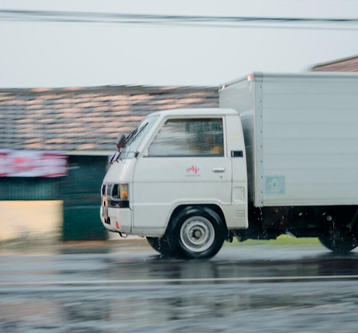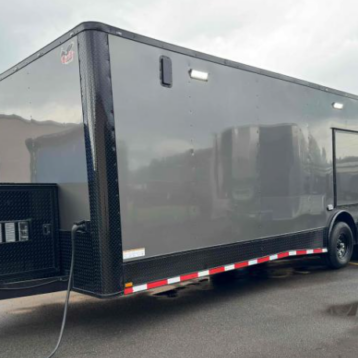|
After its shape is manipulated, the shape memory polymer can be cooled so that is returns to a rigid state, maintaining its manipulated shape indefinitely. This manipulation process can be repeated many times without degradation.
This video shows how the polymer recovers its “memorized” shape as a result of heating to two different temperatures. The idea behind smart polymers is that crystalline bonding segments have a switching property activated by thermal stimuli.
The Ohio based company Cornerstone Research Group (CRG) is currently performing an ongoing research with the aim of incorporating smart polymers into aeronautical design. Most current aircraft are of fixed shape, although their missions may require versatile mission-specific aerodynamic shapes. Through morphing, the aerodynamics of the aircraft can be adapted to optimize performance in each segment by changing areas such as the camber of the airfoils and the twist distribution along the wing. In this way various tasks may be preformed by the same aircraft.
The inspiration for this innovation comes from the inherently adaptive bird flight. Compared with the subtle capabilities of a common bird’s wings, mechanical flaps, slats and pivoting wings are heavy, complex and inefficient. Although they are the result of clever ingenuity and years of engineering design, they increase the radar cross-section of a plane and cannot operate at high flight speeds. The ability to substantially change a wing’s shape seamlessly during flight by using CRG’s Shape Memory Polymers technology will produce aircrafts that can fly both fast and slow, with optimal efficiency at every speed.
More information on this research may be found on CRG’s website.











